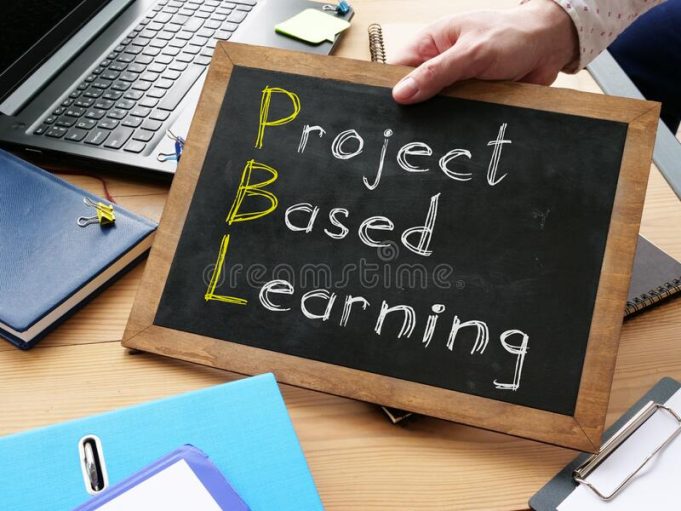Last Updated on April 24, 2024 by Umer Malik
Project-Based Learning (PBL) is an educational approach that engages students in actively exploring real-world problems and challenges. It is central, meaning the focus is on the learning process, rather than PBL and teachers delivering information to students. The process can be a highly engaging and motivating way of learning as it gives students the opportunity to apply what they have learned to real problems and projects.
In the PBL approach, students work on a project over an extended period of time (usually weeks or months). The project aims to solve a real-world problem or problem and may involve research, collaboration with others. Create a product or presentation. PBL is often interdisciplinary, incorporating concepts and skills from multiple subject areas.
PBL can be used in a variety of settings, including traditional classroom settings, online learning platforms, and after-school programs. It is commonly used to teach subjects such as science, technology, engineering and mathematics (STEM). But it can be used to teach any subject.
What are the Project-Based Learning Advantages?
Project-based learning (PBL) can provide students with many benefits, including:
Engagement: PBL often engages students more than traditional teaching methods. In short, project-based learning (PBL) is an educational approach that engages students in actively exploring real-world problems and challenges. A highly engaging and stimulating method of learning as it gives students the opportunity to apply their knowledge to real problems and projects. It enables them to actively explore and work on real-world problems and projects.
Critical Thinking: PBL requires students to analyze, synthesize, and evaluate information and ideas, which can help them develop critical thinking skills.
Collaboration: PBL often involves collaborating with classmates, which can help students develop teamwork and communication skills.
Creativity: PBL can encourage creativity because students are free to explore and come up with their own solutions to problems.
Problem Solving: PBL gives students the opportunity to apply what they have learned to solve real-world problems, which can help them develop problem-solving skills.
Self-directed: PBL helps students become more self-directed learners as they take charge of managing their own learning and work towards completing projects.
Relevance: PBL can make students’ learning more relevant and meaningful because they are able to see practical applications of the concepts they learn.
Examples of student project-based learning
Here are some examples of project-based learning (PBL) activities that students can use:
Design a garden: Students can research and plan a garden, including selecting plants, creating a layout, and determining how to water and care for the plants.
Develop a business plan: Students work in teams to research, design and demonstrate a business plan for a new product or service.
Offering Services: Students can offer essay writing service to others who are looking for write my essay services online.
Develop a public service announcement: Students can research a social issue, write a script and create a video or broadcast a public service announcement to raise awareness of the issue.
Build a model: Students can research and design a model of a historic building or future city, then build the model using materials such as cardboard, clay, or LEGO bricks.
Writing and producing plays: Students may research historical events or people, write plays, create costumes and sets, and perform plays for audiences.
Developing a mobile application: Students work in teams to research, design and develop a prototype of a mobile application to solve a problem or fulfill a need.
Create a website: For example, students can research a topic, design a website, and publish their website using platforms such as WordPress or Wix.
For more great articles visit our blog on job consultants services.
In Conclusion
project-based learning (PBL) is an educational approach that engages students in actively exploring real-world problems and challenges. This means that the focus is on the learning process rather than the teacher delivering information to the students. But project-based learning can be a highly engaging and motivating way to learn. Love it because it gives students the opportunity to apply what they have learned to real problems and projects.
Project-based learning can provide students with many benefits, including increased engagement, critical thinking skills, collaboration skills, creativity, problem-solving skills, self-direction, and relatedness. It can be used in a variety of settings and topics, and there are many different types of PBL activities that can be used with students.












